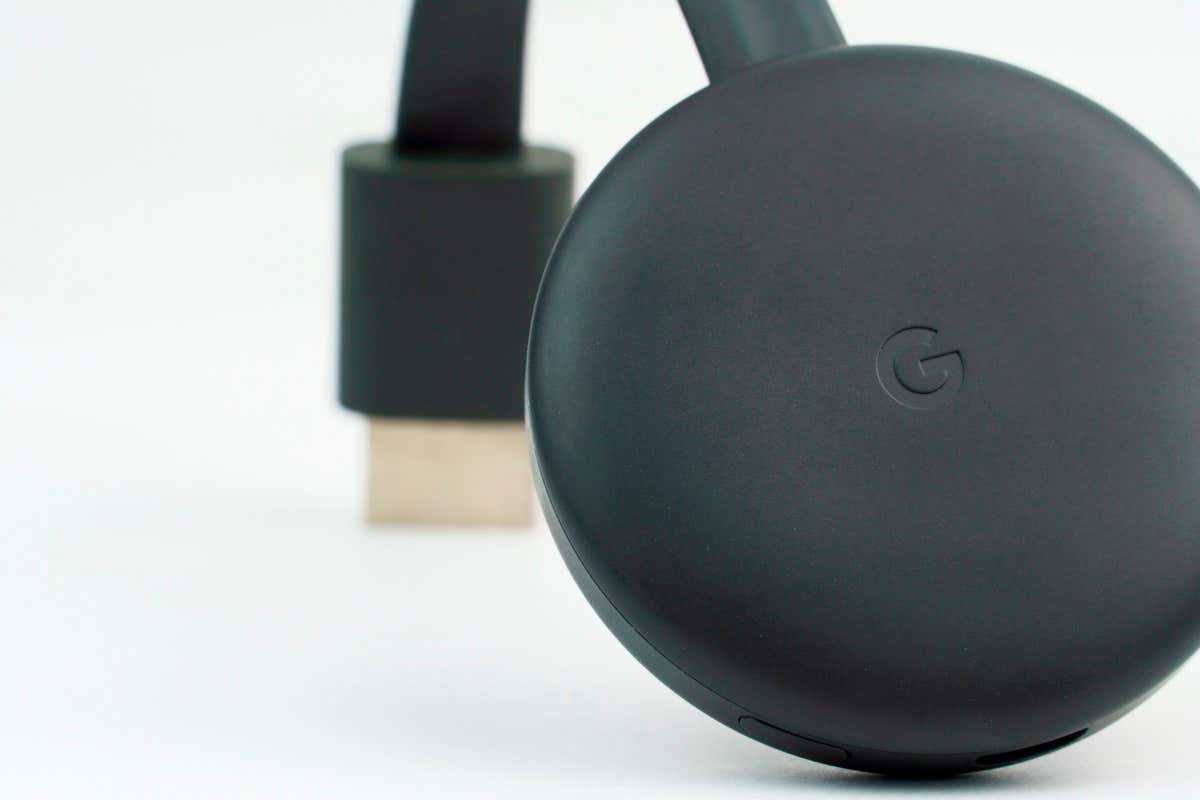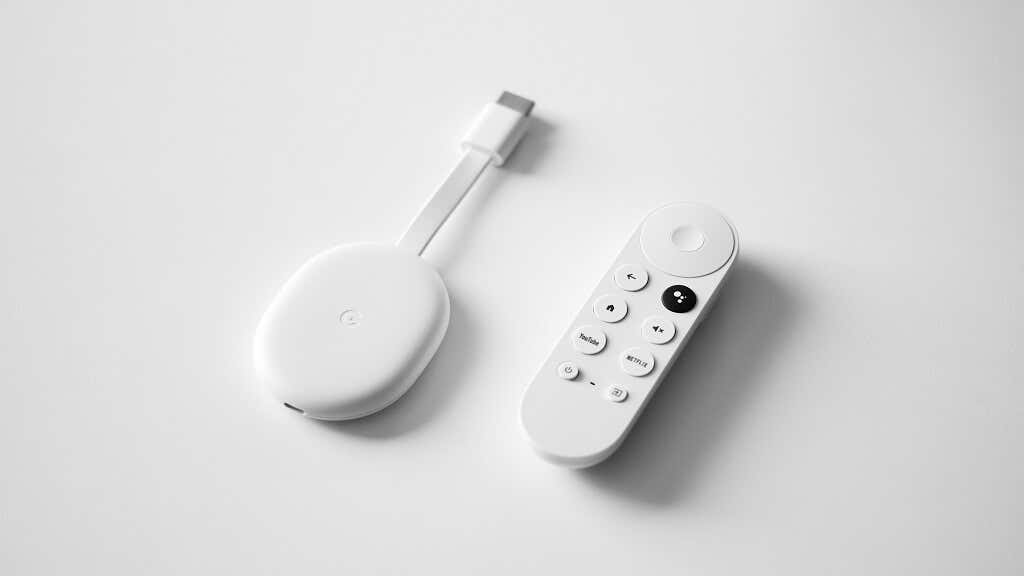Last Updated on May 1, 2023 by Larious
Chromecast and Apple AirPlay are two popular streaming dongle services with different features and device compatibility. The Google Chromecast HD costs $33, while the 4K version is $49, and the Apple TV 4K is priced at $129. Both devices offer 4K HDR video with support for Dolby Vision, Dolby Atmos, and HDMI 2.1, but the Apple TV 4K allows optimization during setup. Chromecast works with Google Home devices, while AirPlay is restricted to Apple devices. The Apple TV 4K has superior specs with the A15 Bionic processor and Wi-Fi 6 technology, while the Chromecast uses Android TV. Chromecast is versatile and accessible, whereas the Apple TV 4K is recommended if already using multiple Apple products.
Chromecast and Apple AirPlay are two of the most popular streaming dongle services available — but what’s the difference, and which is better?
In this article, we’ll explain everything you need to know about Chromecast vs. AirPlay so that you can choose which is better for you.
Table of Contents
Google Chromecast vs. Apple Airplay With Apple TV 4K: The Breakdown
Chromecast and Apple AirPlay are similar streaming services, but the devices they work with and the features they offer are vastly different.
There are two different Google Chromecast devices available, the Google Chromecast HD version and the 4K version.
However, there’s only one Apple AirPlay device currently available — the Apple TV 4K.
Keep reading to find a detailed comparison of these two casting methods.
Price
When making a purchasing decision, price is usually a big factor — and the price difference between the Chromecast and Apple TV 4K is pretty significant.
The Google Chromecast with Google TV HD costs just $33, and the 4K version will only set you back $49. In contrast, the Apple TV 4K starts at $129, with the Wi-Fi and Ethernet option costing a whopping $149.

When it comes to price, Google Chromecast definitely comes out on top.
Video quality
In terms of video quality, the two versions of Google Chromecast offer different capabilities. The Google Chromecast HD version only offers 1080p support, while the 4K option offers far superior video quality.
For the sake of this review, we’ll compare the Apple TV 4K to the Google Chromecast 4K.
Both devices offer the latest in streaming tech: 4K HDR video up to 60fps with support for Dolby Vision, Dolby Atmos, and HDMI 2.1.

However, there is a slight difference in optimization capabilities. The Chromecast with Google TV 4K does not allow users to optimize the video quality to their preference and device — it’s completely automatic.
The Apple TV 4K, however, lets you optimize your settings during setup. You can view video quality information, test HDMI connections, and even use your iPhone’s camera to calibrate the Apple TV’s color profile to your TV’s display.
This optimization is undoubtedly useful, but most users probably won’t use it to the best of their ability. Unless you’re keen on doing some serious playing around, the standard 4K features for either device are probably sufficient.
Remote
The remote you use to control your streaming device can make or break the experience. Apple’s remote control features a click wheel with a tactile feel. It also includes voice control via Siri and can be charged using a USB-C cable.

The Chromecast with Google TV remote control also includes voice control via Google Assistant. The remote itself has a slightly cheaper feel than the Apple TV 4K remote. It’s powered by AAA batteries which makes it a little less sleek.
Overall, the Apple TV 4K wins when it comes to remote design. However, whether the price jump is worth it for the remote is a personal call.

Streaming Services
Both devices currently offer access to every major video streaming service available in the United States, as long as you have an account.
This means you can stream content from Amazon Prime, Netflix, Hulu, Disney+, Apple TV, YouTube Red, and many more through either device. Both devices are also compatible with multiple audio streaming services such as Spotify, Apple Music, and Pandora, so you can stream music and podcasts through your TV too.
The Google Chromecast with Google TV also allows screen mirroring through the Google Chrome browser. However, this feature is not compatible with other web browsers.
Compatibility
Unlike their devices, there is a definite difference between Chromecast and AirPlay when it comes to compatibility. Google Chromecast support is more widespread, while Apple AirPlay is restricted to Apple devices.
In simple terms, your iPhone can cast to Chromecast but your Android can’t AirPlay to Apple TV 4K. You also can’t Chromecast Apple TV+ content or anything purchased through iTunes from an Apple iPhone.

Apple has an irritating tendency to force users into its own technical ecosystem. While this means your iOS devices such as your Mac, iPad, and iPhone will communicate easily, it also restricts you to Apple devices.
In terms of Smart Home compatibility, the Chromecast with Google TV can also work with your other Google Home devices, such as your Google Nest.
So, if you are already the owner of a few Apple products, and buy content from iTunes through an Apple TV+, it’s probably worth shelling out the extra money for an Apple TV 4K. However, if you own an Android device such as a Samsung, it would be wise to stick with Chromecast.
Audio
In terms of audio quality, either device will only be as good as the speakers or headphones you are using. But there are some cool audio features depending on what other audio gadgets you have.
If you own a pair of AirPods Max or AirPods Pro, then you’ll have access to the Spatial Audio feature. This is an in-ear surround experience that locks the position of the audio to the screen or device you’re watching on. If you turn your head while wearing AirPods, voices will still sound like they’re coming from the TV’s position.

This feature is a fantastic way to further immerse yourself in your media. However, unless you’re going to be using AirPods, then it isn’t going to do much for you.
The Google Chromecast with Google TV is compatible with other Google Home devices. This includes Google Nest smart speakers. If you have them, you can place them around and create a surround sound or multi-room audio experience.
Storage
The Apple TV 4K comes with 64GB or 128GB internal storage, while the Chromecast with Google TV has a paltry 8GB. That said, with how the Chromecast works, you shouldn’t need much space. The Apple TV 4K having that extra storage is important if you plan to use it to play games.
Gameplay
While gaming certainly isn’t the main use of these devices, they do have some cool gaming features.
Chromecast has a small selection of supported games. These are generally the sort of games you would find pre-downloaded on a computer, like solitaire or pinball.

The Apple TV 4K supports a long list of App Store and Apple Arcade games. Additionally, your data and progress are stored in the Game Center, so you can start a game on your iPhone and pick up where you left off on your TV. You can even use your PlayStation 5 or Xbox Series S/Series X controller to play those games on the Apple TV 4K.
When it comes to gaming, Apple TV 4K is definitely the way to go.
Tech Specifications
The Apple TV 4K is powered by the A15 Bionic processor. This is the same chip you’ll find in the standard iPhone 14, so it’s pretty fast. It’s certainly faster than the Chromecast with Google TVs Quad-core Amlogic processor. However, the Chromecast is more than sufficient for smooth video playback.
The Apple TV 4K also has superior Wi-Fi technology (Wi-Fi 6) and, on the Ethernet model, a Gigabit Ethernet port. These add to the speed of the Apple TV 4K experience — but only if you have a super fast internet connection.
The Apple TV 4K uses the Apple tvOS operating system, while the Google Chromecast uses Android TV. When it comes to the HDMI port, both devices use HDMI 2.1. However, the HDMI cable is not included with the Apple TV 4K like it is with the Google Chromecast with Google TV.
Google Chromecast vs. Apple Airplay With Apple TV 4K: Which One to Buy?
In our opinion, the Chromecast’s smaller price tag and decent feature list make it a winner. Most users will do fine without the few additional features that the Apple TV 4K offers, and will even have a better experience in some ways. In the end, it’s definitely the most versatile and accessible streaming device available for users of any mobile device, including iPhone or Android models.

And, unlike the Apple TV 4K, you don’t have to use Google products like a Chromebook to get the most out of the product.
That said, if you’re already deep into the Apple ecosystem, the Apple TV 4K with Apple AirPlay 2 offers a fantastic experience. But if you’re simply an iPhone user and not too entrenched in the ecosystem, the Chromecast with Google TV is a better value choice.
The Final Word
As video streaming services like Netflix and Hulu become more popular, so do streaming dongles like Google Chromecast, Amazon Fire TV, Android TV, and Roku. These all have their pros and cons, and choosing the right device to support your tech ecosystem can be difficult — especially if you own a smart TV.
Hopefully, this article has helped clear up any confusion you had about Chromecast vs AirPlay so that you can choose the right device for your home.
In conclusion, while Chromecast and Apple AirPlay are similar streaming services, they offer vastly different features and compatibility. Chromecast is more affordable and compatible with a wider range of devices, while AirPlay is restricted to Apple devices but offers more optimization and gaming features. Ultimately, the choice between the two will depend on your budget, device preferences, and specific needs.
